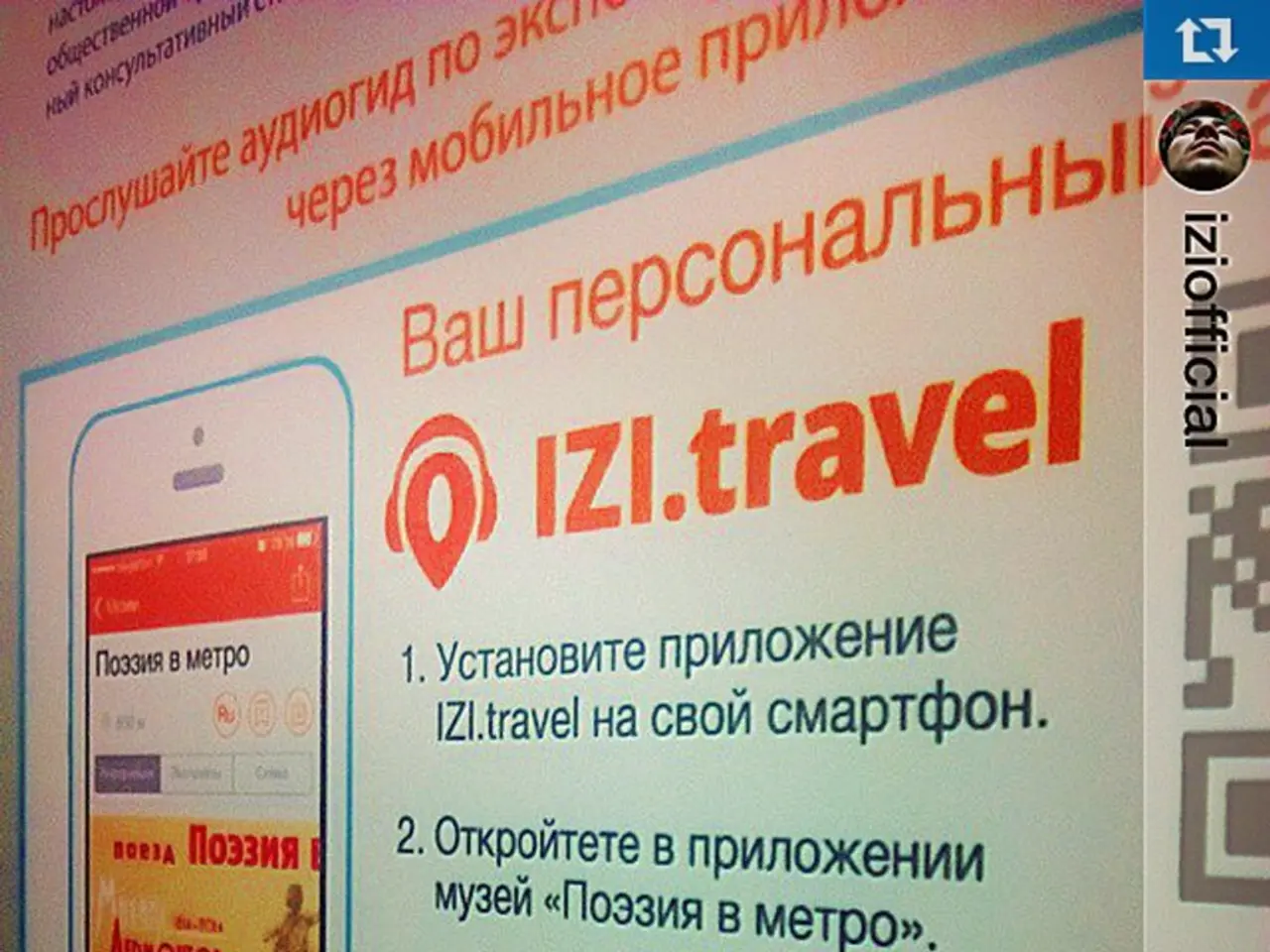Will innovative tech solutions significantly impact the management of persistent health conditions?
Modern technology and digital health solutions have emerged as powerful resources for primary care providers and internal medicine specialists, particularly in aiding patients with chronic diseases. Over half of all adults in the U.S. grapple with conditions such as heart disease, stroke, cancer, type 2 diabetes, obesity, and arthritis, with treatment costing a substantial 86% of healthcare expenses.
Digital health technology encompasses remote monitoring, mobile health (mHealth) apps, wearables like activity trackers, and more. While the market is brimming with options, it's crucial to identify those tailored for healthcare professionals. So, what digital technology services are truly beneficial to clinicians and revolutionizing care for chronic disease management?
In a bid to uncover a more informed answer, Medical News Today reached out to primary care and internal medicine specialists and posed the question: What role does digital health technology play in your everyday practice, and what's its potential for transforming chronic disease management?
Remote Monitoring: An Early Success
Primary Care Providers (PCPs) widely view wireless remote monitoring favorably. By monitoring patients' vital signs and symptoms, early intervention is possible when specific symptoms are detected, and patients remain actively engaged in their health journey.
In managing heart failure, mature digital tools have demonstrated success. Implanted sensors transmit data directly to healthcare professionals, enabling them to offer medication advice, prescribe lifestyle changes, schedule additional appointments, or guide patients to urgent care when necessary. Clinical trials show that remote monitoring significantly reduces hospitalizations for patients with cardiovascular implantable electronic devices (CIEDs) and is more cost-effective than traditional care[1].
mHealth Apps: Increasing in Popularity
Considering that 77 percent of U.S. adults own smartphones and about half own tablets, mobile technology exhibits significant potential in revolutionizing chronic disease management. Patient-facing health apps empower users to take control of their health and can offer valuable insights, particularly for those with chronic conditions like diabetes, hypertension, heart disease, and depression.
Over 259,000 mHealth apps are currently available, with a majority catering to consumers with chronic conditions. The field of diabetes therapy carries the most potential for mHealth apps[1]. In clinical trials, patients using a mobile app for blood glucose monitoring displayed a noticeable reduction in HbA1c, with the most significant improvement observed in younger patients[2]. Despite limited support for self-management, recent articles suggest that apps can help patients better manage their condition, improve disease progression, reduce complications, and prevent comorbidities[2].
Wearable Trackers: The Next Frontier
Wearable technology, such as FitBits, continues to garner excitement in the digital health field. "Wearable devices are currently being studied in various settings," explains Dr. Marcin. Future developments include portable cardiac monitors, EKGs, sleep analyzers, and glucose monitors. "The potential of this technology is endless," Dr. Marcin notes. "These tools will vastly improve access to care in any setting and increase convenience, likely boosting compliance to diagnostic tests."
Wearables offer real-time health information to healthcare providers across the globe, opening new avenues for care delivery and expert insight. However, current usage statistics show high drop-off rates among users who find them unengaging, grow tired of them, or encounter technical issues. These devices, used singularly or with minimal behavioral change support, may fail to produce substantial health-related improvements[3].
Research projects like TRIPPA and IDEA illustrate mixed results: while wearing activity trackers increased physical activity, they did not lead to improvements in blood pressure or weight loss in the TRIPPA study, and participants in the IDEA study who wore a multisensor activity tracker alongside a standard behavioral intervention actually experienced less weight loss over 24 months than those using traditional methods alone[3].
Barriers to Access
Alarmingly, digital health technology remains inaccessible to underserved communities and low-income families. According to Dr. Marcin, "Those individuals who are most in need of these services are often the least likely to have the resources necessary to take full advantage of them." Seniors, who are the most prone to multiple chronic conditions, also face struggles in adopting and using digital health innovations. A recent study led by Dr. David M. Levine revealed that merely 20 percent of older adults have tablets at home, and half are using email and the internet[3].
Language barriers also hinder digital health adoption. "About 80 percent of my patients speak Spanish, which adds yet another layer of difficulty, because most digital health applications are first created and presented for English speakers", Dr. Levine asserts.
Embracing Technology: A Delicate Balance
"New technology must be easy to understand, easy to use, and easy to learn", emphasizes Dr. Marcin. "If it is too frustrating or cumbersome, neither providers nor patients will be eager to adopt it. Setting reasonable expectations for how a new technology will work is also important. New devices or programs often slow down a bustling practice, so it is essential to communicate this to both patients and staff." When introducing new technology to their practice, healthcare professionals adhere to the principle of maintaining patients' contact and avoiding extra work. Instead, digital tools should streamline workflow and increase the quality of patient-physician interaction.
Overall, digital health technologies offer significant potential in transforming chronic disease management. By enabling continuous, passive monitoring, improving patient-provider interaction, and providing accessible, actionable health information, technology has the power to revolutionize primary and internal medicine, provided that it's easy to use, effective, and accessible to all those who could benefit from it.
- In the realm of primary care, remote monitoring tools, such as wireless devices transmitting vital signs and symptoms, are favorably viewed by providers as they facilitate early interventions for patients with chronic diseases, keeping them actively engaged in their health journey.
- Mobile health (mHealth) apps are increasingly popular among US adults, with over 259,000 currently available. These apps, particularly those designed for patients with chronic conditions like diabetes, can offer valuable insights and aid in managing conditions effectively.
- Wearable technology, like FitBits, hold great potential for future development, including portable cardiac monitors, EKGs, sleep analyzers, and glucose monitors, which could vastly improve access to care and increase convenience. However, high drop-off rates among users highlight the need for devices to be engaging and free of technical issues.
- A significant challenge lies in the accessibility of digital health technology, with underserved communities, low-income families, seniors, and non-English speakers often being left behind. To bridge this gap, technology must be designed to be easy to understand and use, effective, and accessible for all who could benefit from it.




